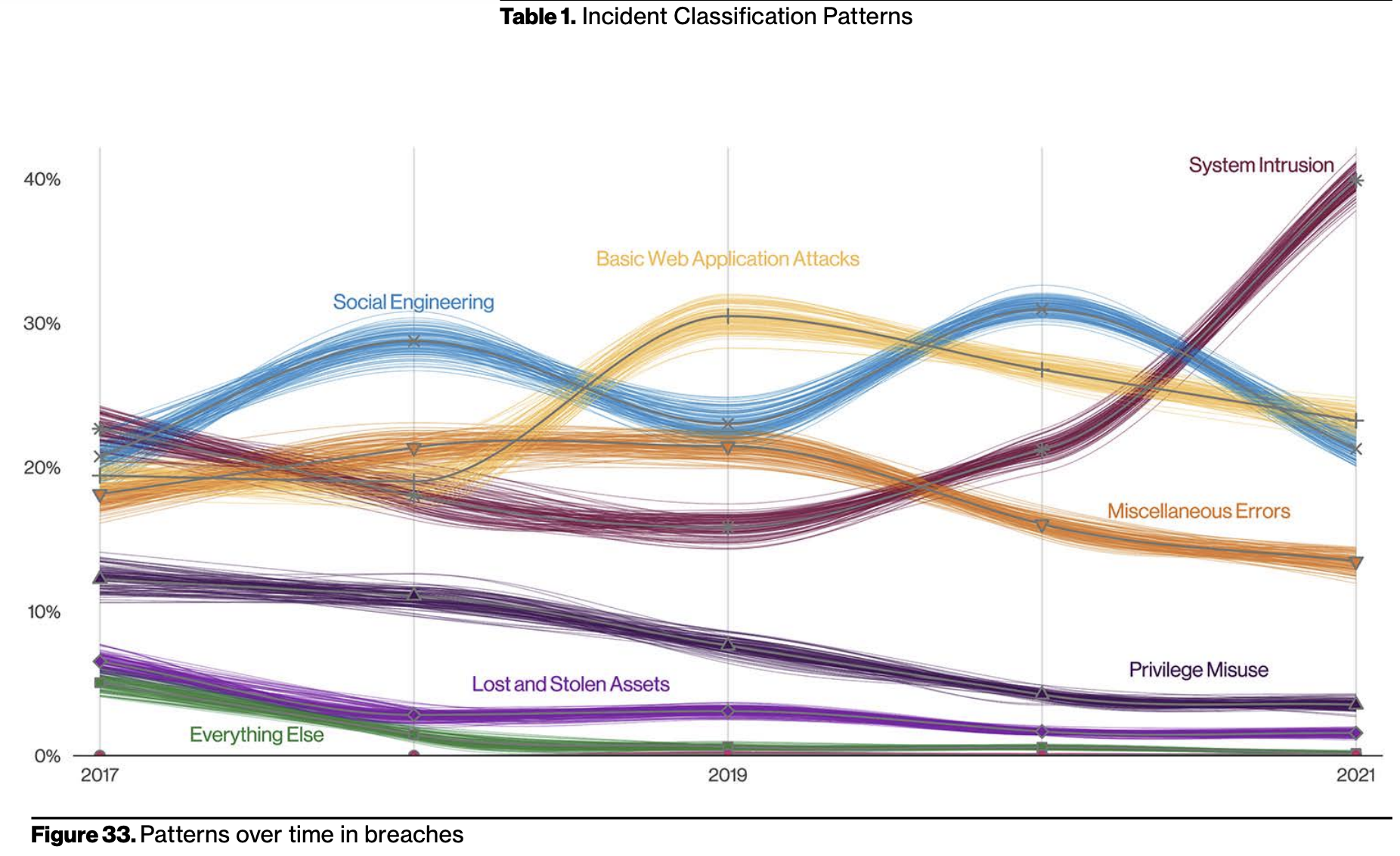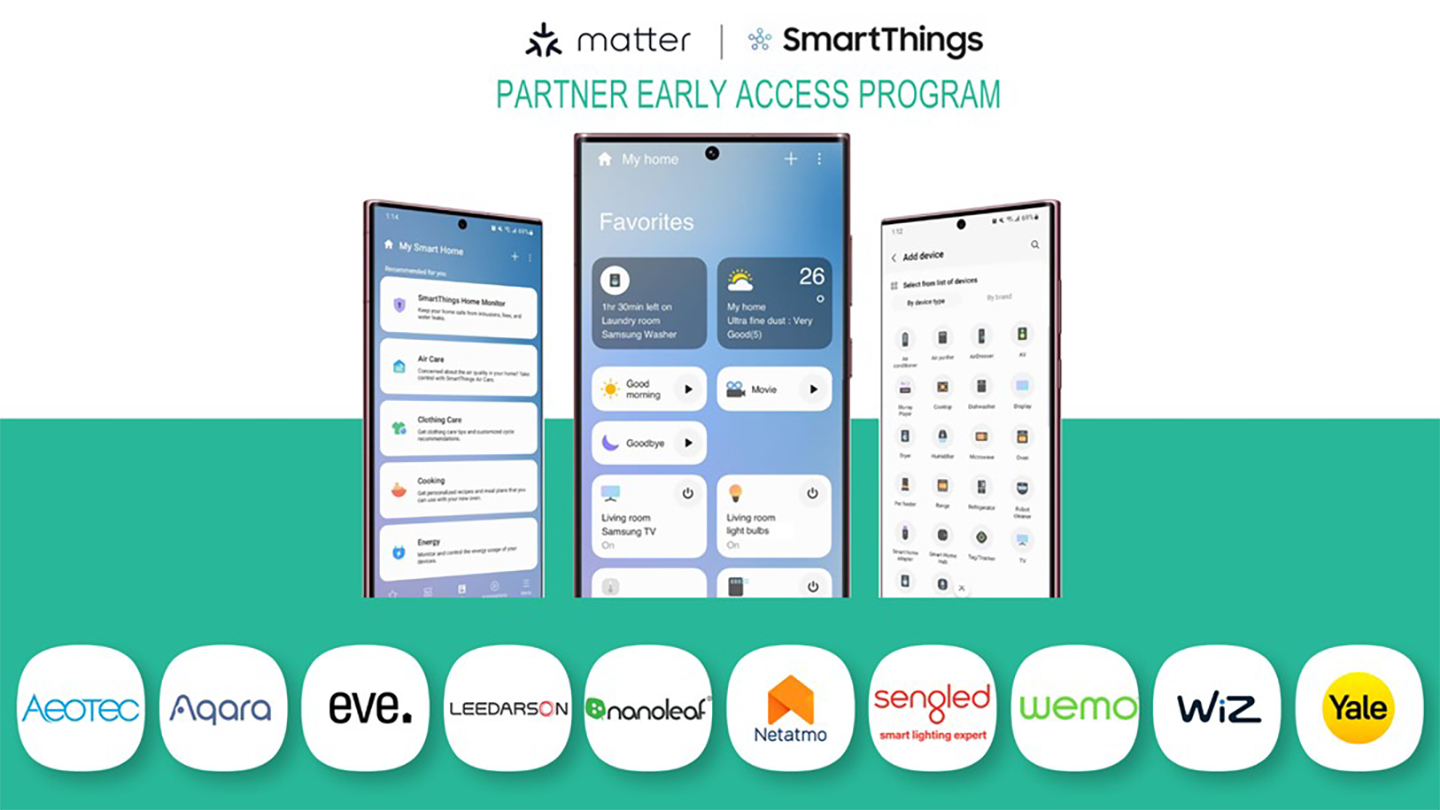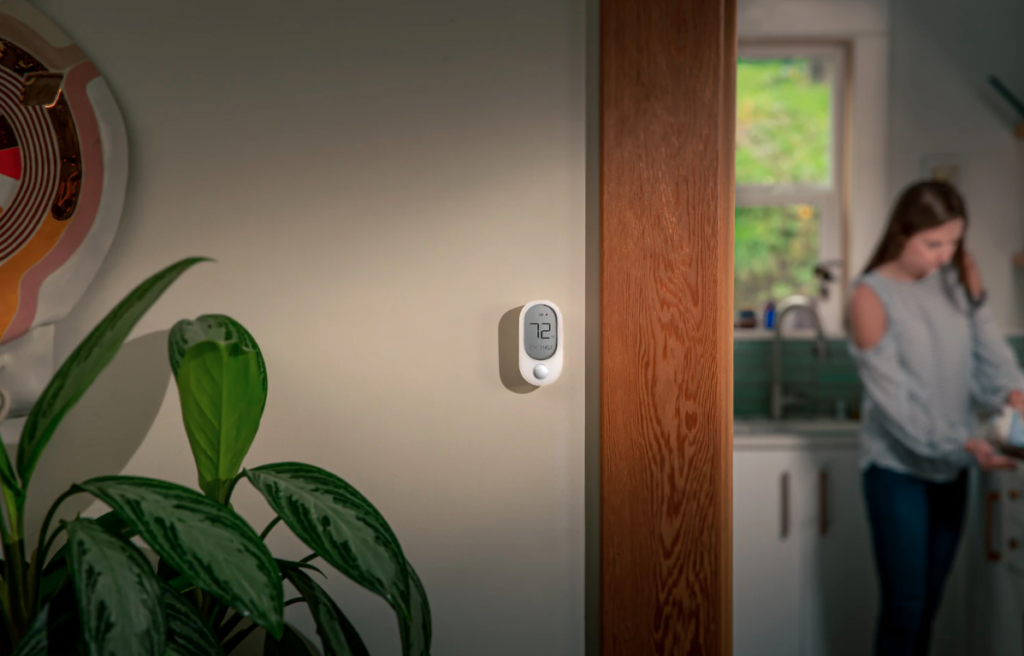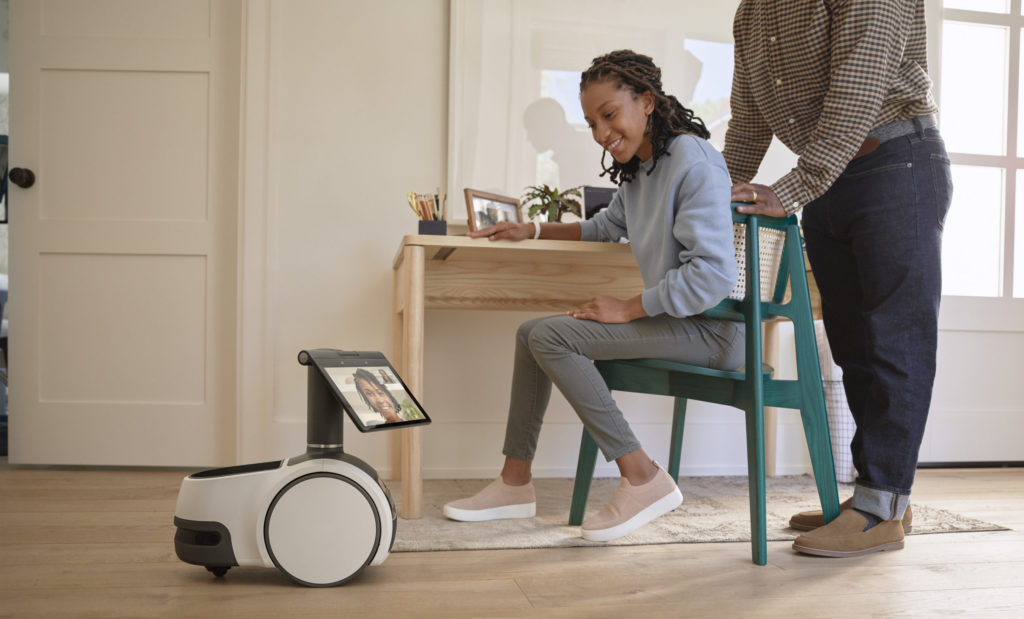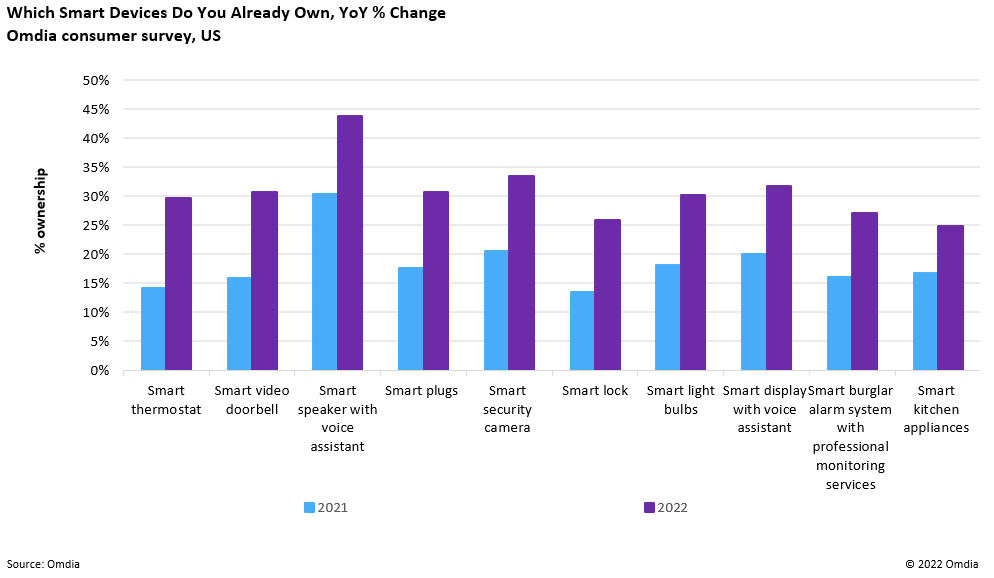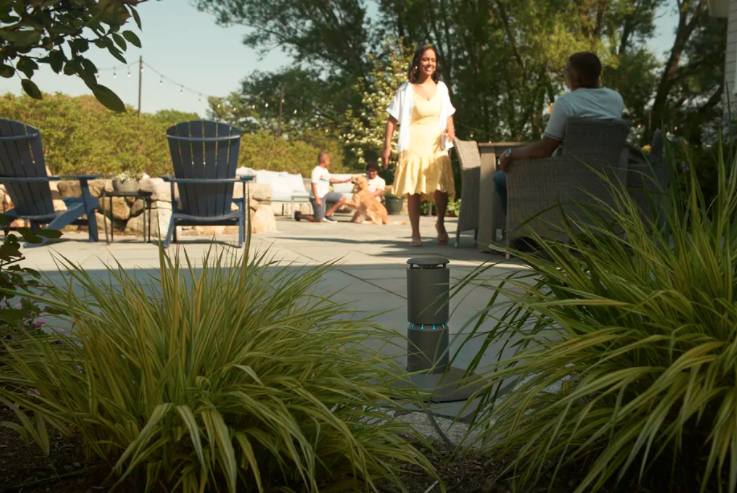This week’s show is an exercise in controlled chaos, as I am once again quarantined in a hotel room (this time with my teen). Kevin and I discuss Apple’s Worldwide Developers Conference and Apple’s claim that HomeKit is the foundation of the upcoming Matter smart home protocol. Insteon users got a shock this week when their formerly dead hubs mysteriously turned on and their cloud-based integrations began working. We explain what we know. SmartThings is getting a new app, and Microsoft signed a multi-year deal to help Procter & Gamble with its digital transformation. In security news, we discuss new ransomware that starts on the IT side but can move over to the OT side to wreak havoc, as well as a new program from Dragos to help small businesses secure their OT networks. Finally, in chip news radar chip company Vayyar raised $108 million and Arm launched a new low-power image sensor for embedded vision. During the IoT Podcast Hotline, we answer a listener question about how to prepare his smart home for a move.
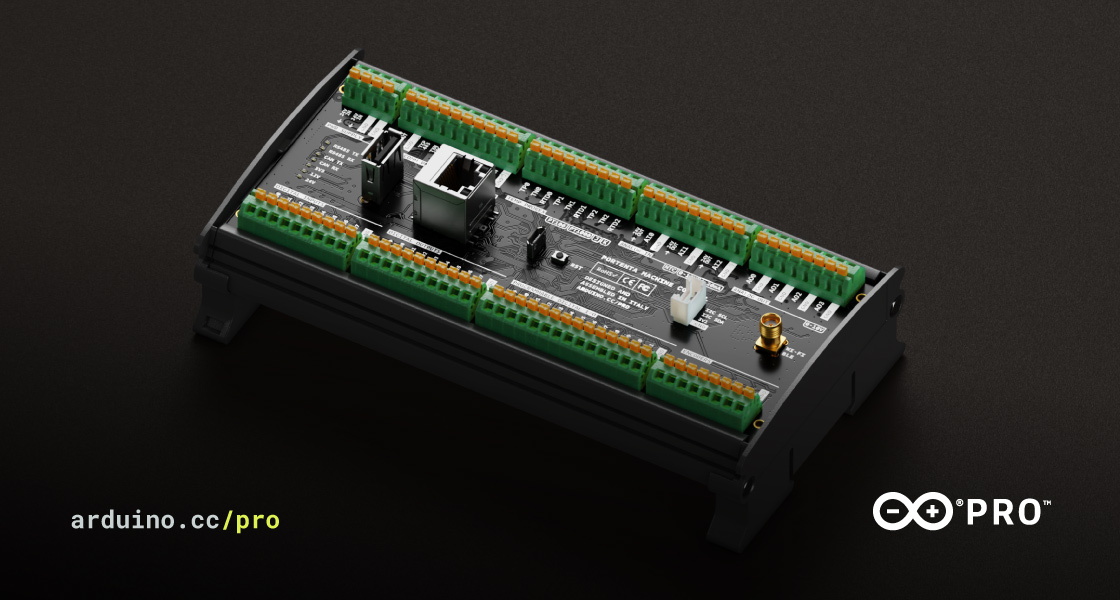
Our guest this week is Fabio Violante, the CEO of Arduino. Arduino raised €30 million ($32 million) this week as it seeks to add software and hardware to meet the needs of enterprise and industrial product designers. We discuss why Arduino is branching out from the DIY market, and how it differentiates itself from other computing platforms such as the Raspberry Pi or Nvidia’s Jetson Nano. Violante also shares his observations about the state of the market and the popularity of certain connectivity options, protocols and cloud platforms. It’s a good show.
Hosts: Stacey Higginbotham and Kevin Tofel
Guest: Fabio Violante, the CEO of Arduino
Sponsors: Nordic Semiconductor and Wirepas
- Apple contributed a lot to HomeKit and we all will benefit
- Who is the new Insteon owner?
- Microsoft is helping Procter & Gamble make better paper towels
- Good and bad news for OT security
- Why Arduino is stepping up to the enterprise
Podcast: Play in new window | Download | Embed
Subscribe: RSS

